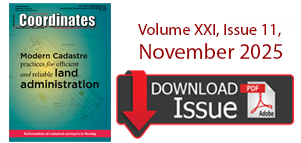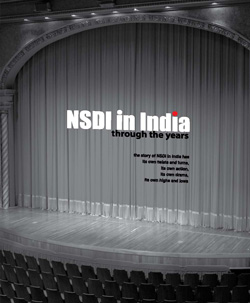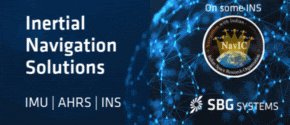Articles in the Articles Category

Only 1.5bn of the estimated 6bn land parcels worldwide have land rights formally registered in land administration systems. Many of the 1.1bn slum dwellers and further billions living under social tenure systems wake up every morning to the threat of eviction. These people are the poor and most vulnerable and are excluded any form of security of tenure; they are trapped in poverty. Increasing global population and the rush to urbanisation is only going to turn this gap into a chasm.

Roads are improved and maintained depending on its roles such as transport routes, minelayers of lifelines, refugee roads at disaster and also needs of users. To improve the roads safety and convenience, road authorities need the data to be used to comprehend 3D shape of the road space and its deformation quickly and accurately.

WAAS provides very precise navigation service, with both horizontal and vertical guidance over the Continental United States (CONUS) and a large portion of Alaska, Canada, and Mexico. Other countries and regions of the world also have fielded or are fielding similar systems. WAAS and each of these other systems are known as a Satellite Based Augmentation System, or SBAS. As envisioned at its inception, WAAS today provides service from enroute through approach.

We have read this article with interest and appreciate the opportunity offered to us by the Coordinates’ Editor to debate the point of view presented there regarding the evolution of Geodesy in different parts of the world. We hope the arguments presented in the following paragraphs provide valuable information regarding the current situation of Geodesy in the Latin America and Caribbean regions.
July 2012:
COM.Geo 2012, 1-3 July,
Washington DC, USA, www.com-geo.org/conferences/2012/index.htm
2012 Brisbane International Geospatial Forum, 8 – 11 July
Queensland, Brisbane, Australia, www.imtamaps.org/events/

Mumbai, the commercial and financial capital of India has seen two major terrorist attacks in last two decades; once in 1993, when Mumbai rocked in a series of blast and second time in November 2008 when Mumbai faced a fidayeen attack where less than a dozen terrorists held the city at ransom for almost 60 hours.

Consciously or not, all humans are navigators, so it is without wonder that satellite navigation has swiftly become a backbone of modern civilisation. All of the sudden, situation awareness and management become significantly improved by introduction of the helpful and inexpensive technology that provides positioning services of unprecedented quality.

This paper summarizes the pre-signals before the earthquake which may be important information for predicting the occurrence of earthquakes as well as the crustal movement after the earthquake. At last a case study of simulation of future catastrophic earthquakes and Tsunami which may happen in coming a few hundred years by using archeological excavation data of the past great earthquakes












 (5.00 out of 5)
(5.00 out of 5)